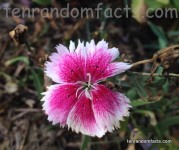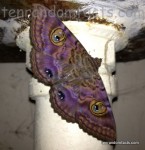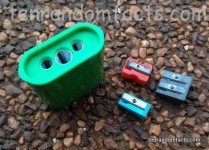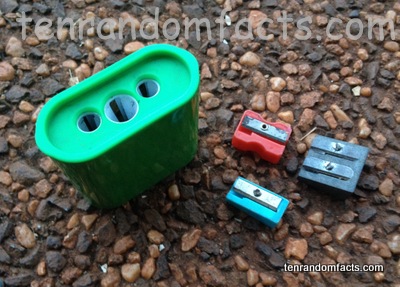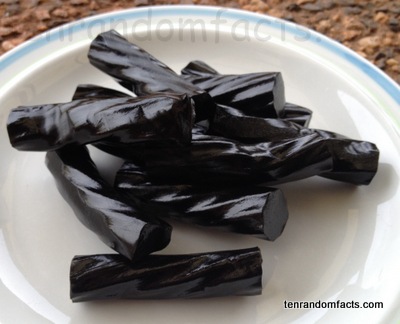
Chichen Itza is positively ancient, but these facts are not.
- Chichen Itza is an ancient capital city that was built by the Mayan Mexicans, and is now an archaeological site, located in Mexico’s Yucatán state, in America.
- Chichen Itza sees approximately 1.2 million tourists annually, making it the second most popular site of archaeology in Mexico.
- Chichen Itza was among the biggest cities in the Mayan empire, and it also had a high population rate.
- The literal meaning of ‘Chichen Itza’ is ‘at the mouth of the well of the Itza’ in the Mayan language; known as ‘Chichén Itzá’ in Spanish.
- Chichen Itza was settled in the early to mid 5th century AD and became the capital of the area in the 10th century.
El Castillo seen through the ruins
Image courtesy of Avery Studio/Flickr
- Chichen Itza’s power started to decrease from 1250 AD, and by the end of 15th century the city was abandoned.
- The main structures of the city of Chichen Itza are located on an area of five square kilometres (two square miles) or more, and other residential buildings spread out from this boundary.
- Chichen Itza is the home of a large temple pyramid, named ‘El Castillo’, which depicts a snake shadow twice a year, and the city has many ancient ball courts, including the largest in the region, originally used for an ancient Mayan ball game.
- Chichen Itza became one of the New Seven Wonders of the World in 2007, and has been a UNESCO World Heritage Site since 1988.
- Chichen Itza’s major water source came from two water-collecting sinkholes, natural wells, known as ‘cenotes’.
Bibliography:
Chichén Itzá, 2014, National Geographic, http://travel.nationalgeographic.com.au/travel/world-heritage/chichen-itza/
Pre-Hispanic City of Chichen-Itza, 2014, UNESCO World Heritage Convention, http://whc.unesco.org/en/list/483
Chichen Itza, 2014, Wikipedia, http://en.wikipedia.org/wiki/Chichen_Itza






